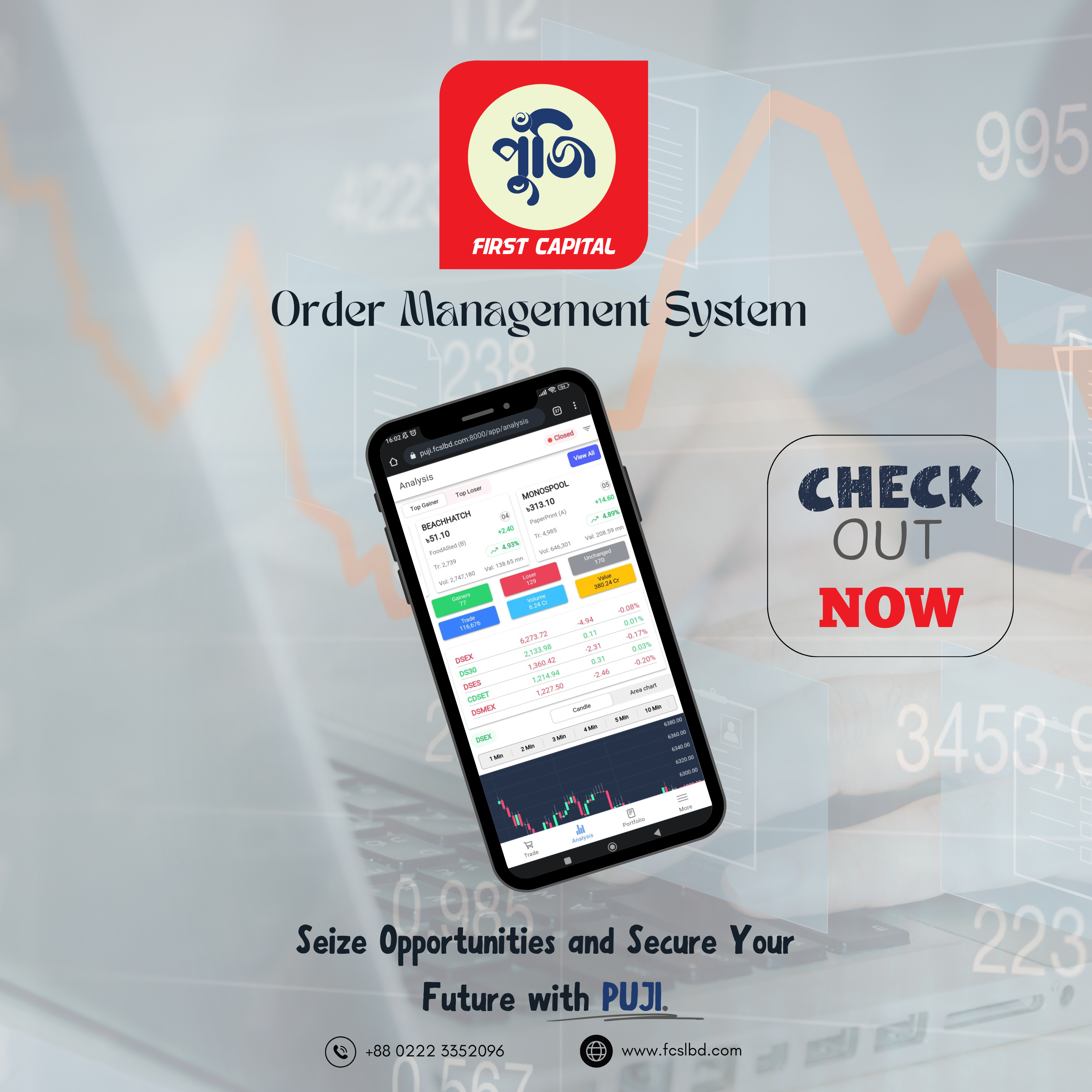Despite the decreasing trend of global commodity prices in FY24, the Bangladesh economy could not benefit from it due to the significant depreciation of the domestic currency, which subsequently raised import prices, thereby contributing to inflationary pressures.
The Bangladesh Bank made the remark in its monetary policy review report for the just-concluded fiscal year, indicating the continuation of a tight stance in the upcoming monetary policy for the first half of FY25, which is scheduled to be announced in the middle of this month.
In the report, the central bank addressed several factors that contributed to consistently elevated inflation, including higher prices of imported items in the global market, a larger depreciation of the taka, upward adjustments in fuel and energy prices, and the lack of a competitive environment in the market.
The Consumer Price Index (CPI)-based point-to-point inflation rate reached 9.74% in June 2023, compared to 7.56% in June 2022. Moreover, the CPI-based average headline inflation stood at 9.02% in June 2023, surpassing the government’s revised target ceiling of 7.50% set for June 2023, according to the review report.
“Monetary policy would need to be restrictive for sufficiently long to return inflation to around the 7.5% target sustainably in the medium term, and further tightening would be required if there were evidence of more persistent inflationary pressures,” said the report.
The Bangladesh Bank sees several challenging factors that may affect the country’s economy, including continuing the ongoing conflict between Russia and Ukraine and turmoil in the Middle East.
“These conflicts could potentially induce supply shocks, which could reverse the global disinflation trend and generate domestic inflationary pressure,” reads the report.
To mitigate inflationary pressure and restore the stability of the exchange rate, the Bangladesh Bank continued a vigilant approach by monitoring signs of persistent inflationary pressure and recognising the necessity of maintaining a more restrictive monetary policy stance to bring inflation back to an accepted level, it added.
The report further mentions that the central bank has embarked on historic initiatives to improve financial sector stability by reducing non-performing loans to a certain level and promoting good governance within the banking industry by 2026.
A roadmap encompassing critical action measures for banks and financial institutions is prepared for implementation to ensure discipline, governance, and credibility in the financial sector. These endeavours are anticipated to contribute to economic stability, foster sustainable growth, and enhance the country’s financial health, it added.
“Looking ahead, in the proposed national budget for FY25, the growth target was set at 6.75%, taking into account the current challenges of the macroeconomic environment. Growth prospects for FY25 remain strong, portraying a picture of resilience, adaptability, and sustained expansion,” according to the report.
“However, this growth prospect will be contingent upon the enhancement of the country’s external sector resilience. Moreover, the ongoing high inflation may require additional monetary tightening for an extended period.”
Bangladesh experiences most volatile external sector
Bangladesh’s economy has experienced the most volatile episodes in the external sector in recent years, according to the review report.
At the beginning of FY22, according to the report, the crisis started to emerge with depreciating pressure on the exchange rate resulting from the expanding current account deficits of the balance of payments (BoP). The central bank responded by implementing various policy measures, such as discouraging unnecessary imports, selling foreign currencies, and allowing depreciation.
The Bangladesh Bank sold a net of foreign currencies worth $7.62 and $9.02 billion in FY22 and FY23, respectively, thereby reducing the gross official foreign exchange reserve substantially from $41.83 billion in June 2022 to $31.2 billion in June 2023.
The exchange rate depreciated by 9.25% and 13.76% in FY22 and FY23, respectively.
Consequently, in July-April of FY24, the current account deficit witnessed an improvement owing to a narrowing trade deficit and remittances. However, the financial account maintained a surplus, but it decreased during July-April FY24 as compared to the same period of the previous year. During July-April of FY24, the central bank sold a net of $9.27 billion. Accordingly, the gross official foreign exchange reserve decreased further to $25.37 billion at the end of April 2024.
During July-April of FY24, the exchange rate experienced a depreciation of 1.96%, reflecting an easing of depreciation pressure in the foreign exchange market.
In May 2024, the central bank implemented a crawling peg system for foreign currency transactions as an interim measure before transitioning to a fully flexible market-based exchange rate system. In the new arrangement, a crawling peg mid-rate (CPMR) is set at Tk117 per USD. The Bangladesh Bank will keep monitoring the new system and make adjustments to its parameters as needed, according to the report.




